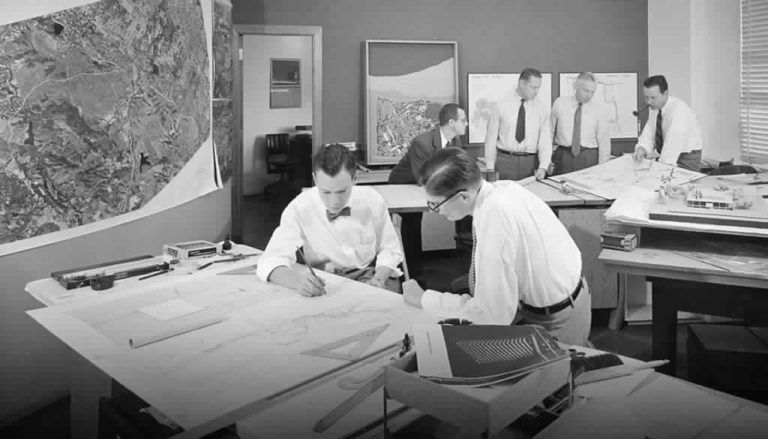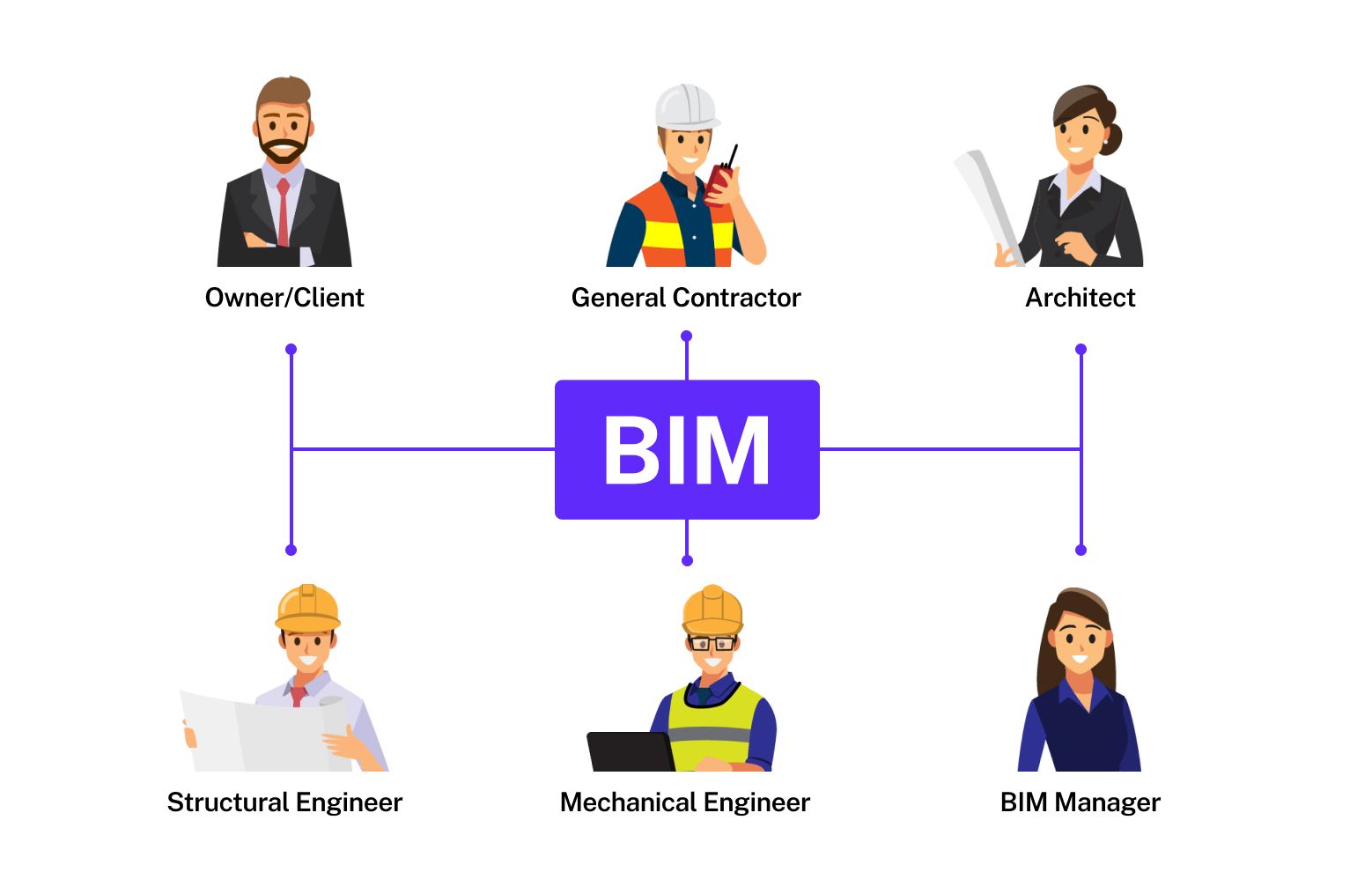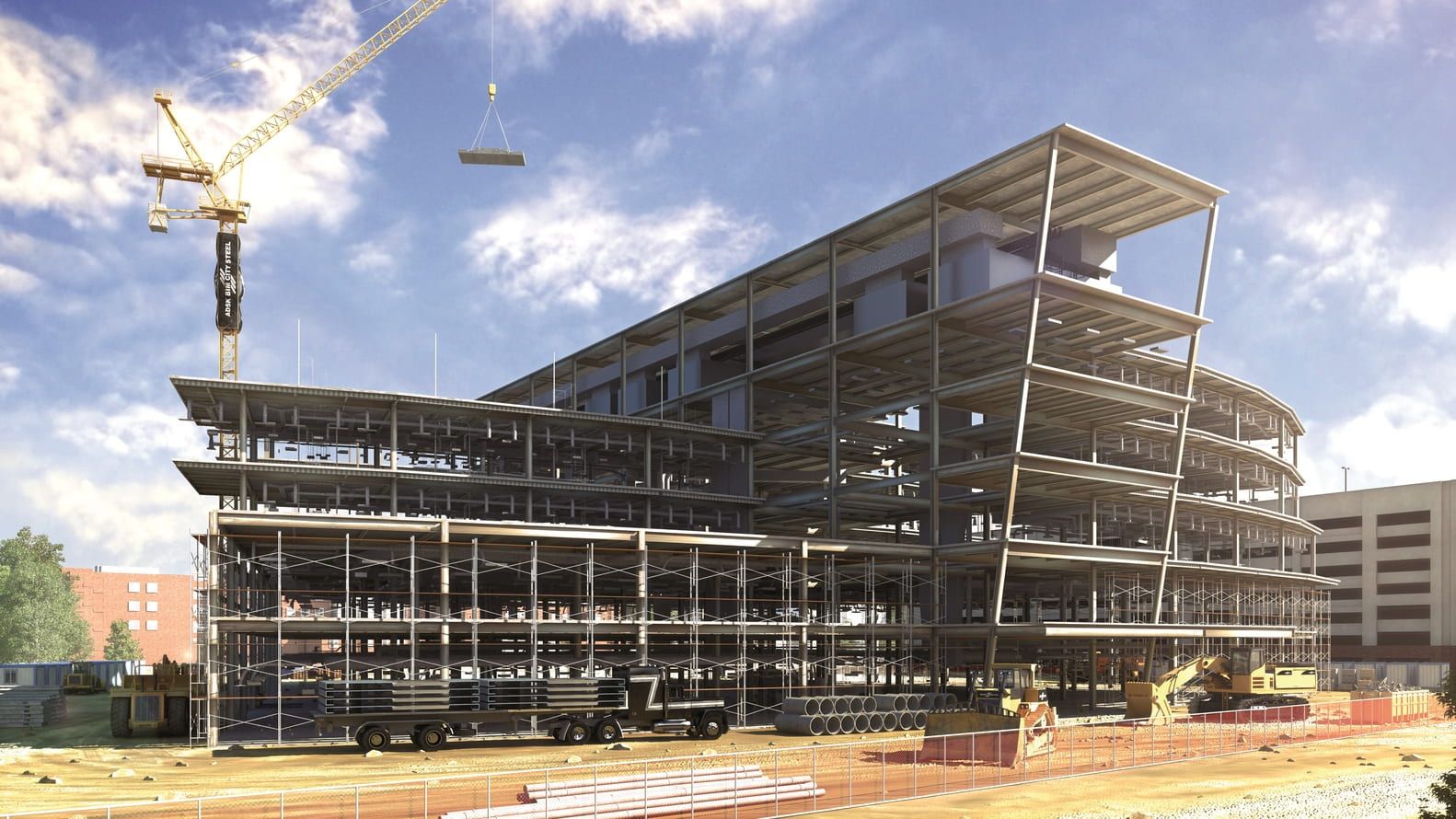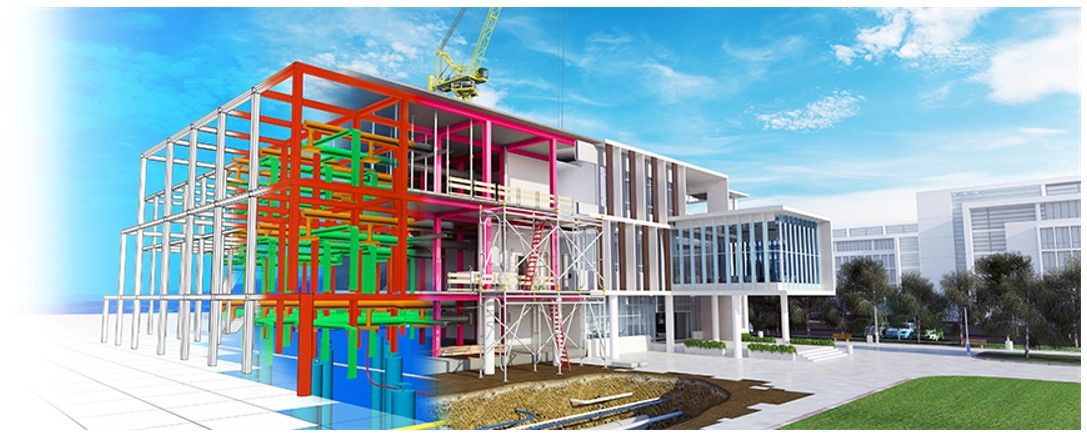Streaming Now – Novatr’s story on The Indian Edtech Story, only on Jio Hotstar.
PROGRAMS
Join thousands of people who organise
work and life with Novatr.
How Does BIM Benefit the Architecture, Engineering & Construction (AEC) Industry?
Pranjal Maheshwari
10 mins read
July 20

Before The BIM Era

Architects at the office of the yesteryears (Source: basics.co.in)
Once upon a time, an Architect was working on a project. After countless sleepless nights, they came up with an idea. They presented the plans, elevations, and sections to the client. The client wanted that room to be slightly bigger, that beam to be slightly higher, and that door a little to the left. So the Architect sat down to make changes to all the drawings. They then sent the drawings to their structural person, who sent them back after calculating the configurations of columns and beams. The Architect got to work again, to adopt the plans, elevations, and sections accordingly.
The same story with the MEP, the Electrical, and the HVAC consultants. The architect sat down to make all these changes - first in the plan, then in the sections, and then on the elevations. And the construction hadn’t even begun yet! Once it did, these cumbersome processes of discussion, approval, and change would only increase.
And despite all this, there was no guarantee that nothing would go wrong.
The architect hated their job. Even the slightest change meant adjustment to every drawing there is, one by one.
Is it not possible to link these drawings with each other such that the changes in one would automatically reflect in all others? Is there no way for everyone to work on that project at the same time, a way to manage all this information regarding the building- the materials, costing, site conditions, its climate response, energy consumption, operational cost…
Thankfully, this is an excerpt from history. Because with BIM, no one in the AEC industry has to worry about these things anymore.
[Wait, what is BIM? Check out BIM - What is it and why is it so important for Architects?]
The Times After BIM - The Benefits of BIM in Architecture

3D to 8D BIM
BIM is a child of the post-orthographic age. It goes beyond the old-school 3-Dimensional drawings to incorporate 4D (time), 5D (cost), 6D (sustainability), 7D (operation), and 8D (safety). The best part? BIM is not just for architects. It encourages the integration of the roles of all the different stakeholders in a project- architecture, civil, structural, services, etc.- through cloud collaboration and clash detection. Now everyone can work on the same model at the same time, which ensures better coordination and a more refined layout.
The advantages of BIM in the AEC industry are virtually endless. But still, to give you an idea let us list down 6 of the main ones.
1. BIM Brings Down the Project Cost and Saves Resources

Using BIM saves on Project Cost
BIM technology has provisions for the calculation of project estimates. The benefits of BIM also include quick and reliable estimates for the materials, shipping and labour costs that automatically update along-with revisions. This gives architects and other stakeholders a much better idea of the project cost and scheduling (as compared to conventional methods) and saves on valuable time that can then be utilised for choosing more cost-effective materials, making provisions for pre-fabrication (if necessary) and reducing overall human errors and project delays.
2. BIM Ensures Greater Efficiency and Shorter Project Duration
Using the various features provided by the Building Information Modelling technology help in reducing the time it takes to design the project (the pre-construction phase). BIM technology goes beyond the typical 3D modelling to include a fourth dimension- time. The benefit of 4D BIM is the reduction of the overall project construction time, a streamlined workflow and an efficient process, overall.
3. BIM Improves Interdisciplinary Coordination and Communication

BIM allows seamless collaboration between all disciplines
BIM uses all the information on a project to create a virtual model with its details- from conception to operation. One of the star advantages of BIM is that it allows for inter-disciplinary, cloud collaboration. This means that all the different consultants- be it electrical, MEP or HVAC- can make and receive all the updates and details about a project in real-time. Additionally, with its clash-detection feature, design decisions and changes can be carried out in the design at a much faster rate. Even the contractors can use the same model to carry out and coordinate the various construction activities.

4. BIM Increases Productivity and the Scope for Pre-fabrication
Not only does BIM leave scope for decision-making before the construction process actually starts, but it can also be used to create detailed production models. These models can be directly used for pre-fabrication.
5. BIM Yields Higher Quality Results
Using BIM doesn’t only make the process of construction smoother; the end product- the overall project quality is also improved as a result. Detailed calculations and accurate, detailed models are one of the main benefits of BIM. This inevitably leads to a higher quality of the finished product.
6. BIM Helps with Sustainable Construction

Lifecycle of a building (Source: BIM Corner)
BIM offers greater transparency and improves efficiency during the design and construction phases, and offers greater control during the operations phase. All of this contributes toward making a more sustainable construction process, as well as product.
As all the stakeholders obtain all the information regarding the project at the same time, they are able to discuss and ideate the various kinds of construction materials and other techniques that are economically and environmentally less taxing. The level of detail that is recorded in a Building Information Model allows for testing the logic and sequence of construction, thus leaving very less room for any surprises along the way. Finally, all this information can be passed on to the building owner and other stakeholders, assisting them in the efficient management of the structure during its operations phase.
Some other applications and advantages of BIM in the AEC industry include time-saving in the usual tasks such as visualization, facilities management, construction sequencing, conflict-interference-collision detection, forensic analysis, and code reviews by the various safety departments.
Why isn’t BIM ‘the standard’ yet?
Because there are still some obstacles on the way to its implementation. The first and the biggest is the unavailability of good or even decent exposure to BIM or any of its related software at the student level. The result? Students graduate with either very basic or no knowledge of BIM tools and then struggle through the old, cumbersome processes of the industry, ending up with undervalued jobs.
But this will soon be history too! Novatr has brought a one-of-a-kind BIM Professional Course that features a specialized curriculum designed relevant to the practical applications of BIM. The course culminates with a real-life BIM project and the building of an impressive, industry-standard portfolio.
If you are in the AEC industry, you can either be a part of its historical excerpt, or you can equip yourself with the knowledge of BIM and be a part of the future with the BIM Professional Course. The choice is yours!

Join 100,000 designers who read us every month


